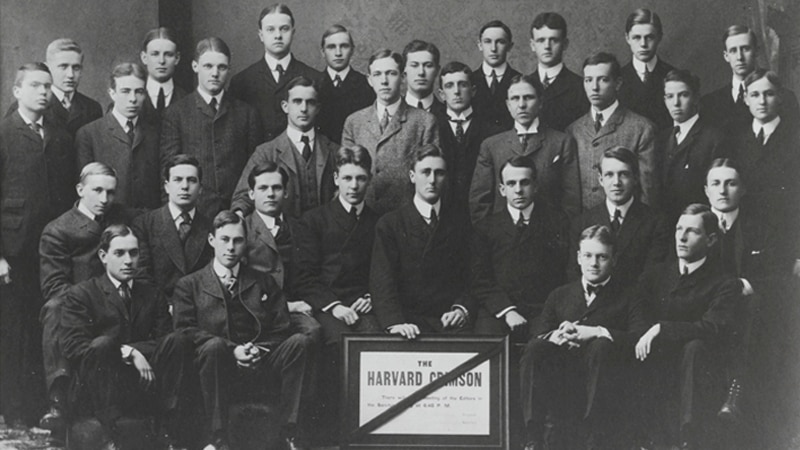Seven Insurers Buy US$225 Million Stake in Goldman Sachs
In 1989, Goldman Sachs forms a ten-year consortium with seven insurance companies that collectively contribute US$225 million for a non-voting stake in the firm.
In the 1980s, investment banking was becoming increasingly competitive globally. Many firms that had been privately held partnerships like Goldman Sachs were raising capital through initial public offerings. Salomon Brothers merged with publicly owned commodities trading firm Phibro Corp. in 1981 (the same year when Goldman Sachs acquired J. Aron & Co.) and went public in 1982. In 1985, Bear Stearns made its first public offering, selling 25 percent of its equity, followed by Morgan Stanley, which issued shares representing a 20 percent stake a year later. Thus far, the partnership at Goldman Sachs had resisted going down this path.
In 1986, the firm received a US$500 million investment from Japan’s Sumitomo Bank in exchange for a 12.5 percent stake in the firm’s profits. This landmark investment provided Goldman Sachs with much-needed capital while allowing it to maintain its autonomy and partnership structure. It also arguably paved the way for another such investment in March 1989, when Goldman Sachs formed a ten-year consortium with seven major insurance companies that, together, invested US$225 million in exchange for a fixed return, without participation in profits or management and no voting rights. In connection with that transaction, the firm formed “The Goldman Sachs Group LP” as a holding partnership for Goldman, Sachs & Co. The holding company structure provided regulatory and financing flexibility that facilitated Goldman Sachs’ business activities while, again, maintaining its privately held status.
This additional passive investment in the partnership resulted in the firm having excess capital that year that was one of the strongest on Wall Street. In a memo to all employees dated March 29, 1989, then-senior partner John L. Weinberg stated, “We view this investment as a vote of confidence in the future of our firm and our leadership in the securities industry. It strengthens our capital base, which enables us to maintain our position as a leading global investment banking firm and to support our clients’ market objectives.”




